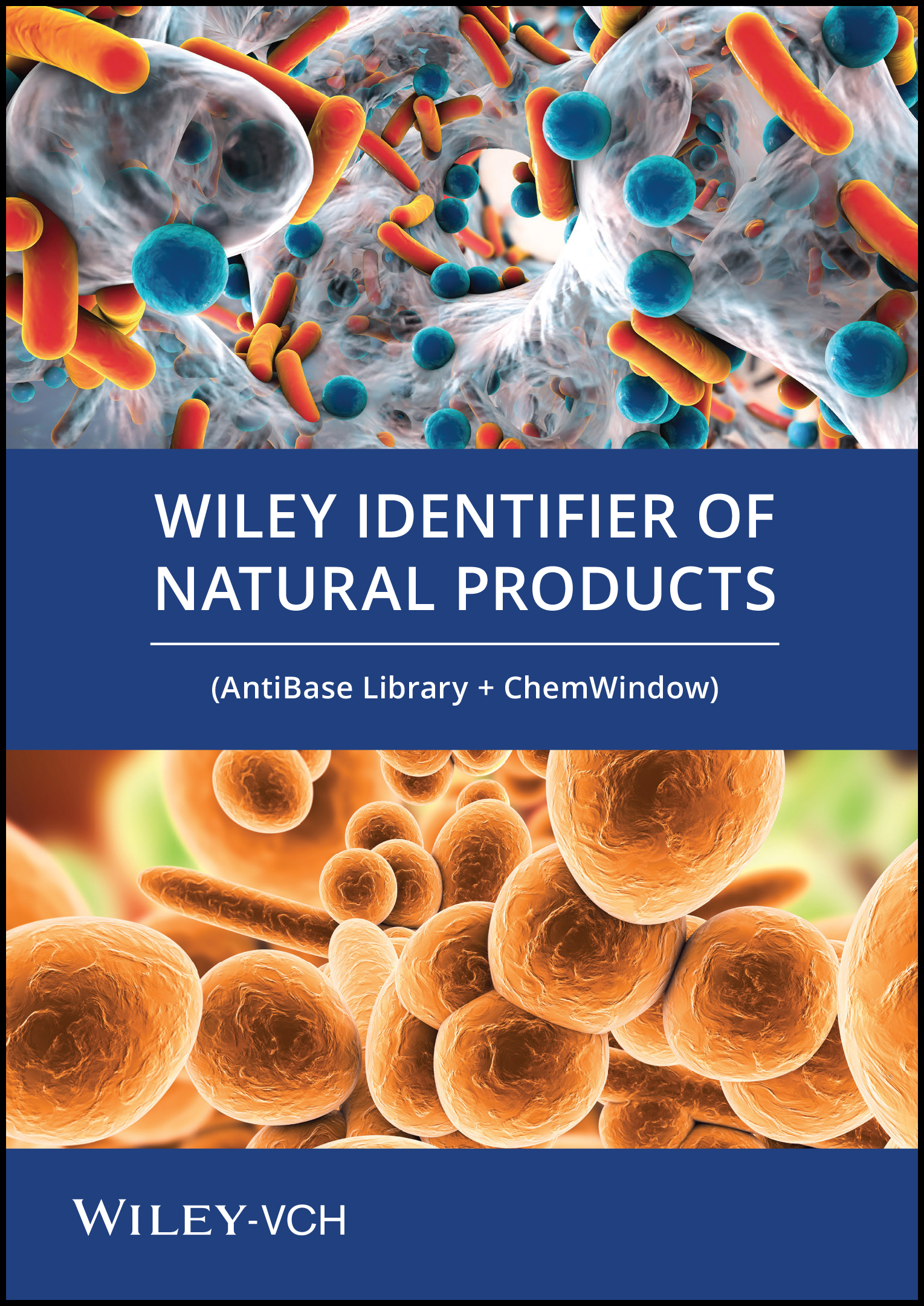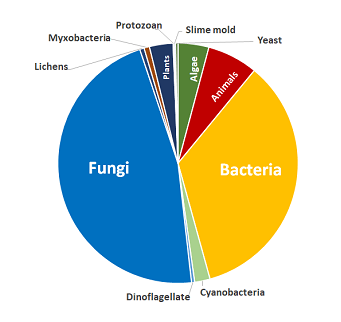概要
天然物のデータベース天然化合物の研究における化合物のスクリーニングなどのアプリケーション用
Hartmut Laatsch博士が開発した著名なAntiBaseライブラリは、105,300を超える化合物が収載された天然物の総合ライブラリです。そして、最新のリリースでは、9,500以上の化合物を追加しました!
科学文献で広く引用されているこのデータベースは、メタボロミクスや創薬向けの効果的なスクリーニングツールであり、天然物や誘導体が、がん、糖尿病、疾患、抗菌・抗真菌の研究などの分野で治療を加速させます。
付属のWileyのChemWindowソフトウェアを使用して、コレクションを確実に検索し、さらに強力なツールで独自のデータベースを作成したり、構造を描画したりなどすることができます。
包括的に網羅。 | 慎重にキュレートされたデータ。 | 強力なデータマイニングツール。 |
天然物の研究用のこの豊富なリソースにより、さまざまなカテゴリーにわたる化合物の対象範囲が拡大し、より迅速な発見が可能になりました。 |
Wileyでは、信頼できる結果により、情報に基づいた意思決定を行っていただけるように、データの品質を最優先しています。 |
より深い洞察を得るためのロバストなデータマイニングツールには、独自のデータを構築し、組み込む機能など、その他にもさまざまな機能が満載です! |
アプリケーション:
- ハイスループットスクリーニング(HTS)や製薬およびバイオテクノロジーにおけるデレプリケーションのワークフローに組み込むことで、既に研究されている化合物を迅速に同定し、抗菌効果や目的の効果を有する新規化合物の検索を効率化することができます。
- 食品・化粧品 、農業、農薬など、天然物が広く使用されているさまざまな業界や学術プログラム、研究でご利用いただけます。
2025年度版の新機能
最新リリースのNatural Product Atlasの化合物を含む、9,500以上の新規化合物を追加することで、コレクションが10%増加しました。
信頼できるソースからの信頼性の高いデータ
Wileyは、科学データの信頼できる情報源です。 データベースは、最高品質を保証するために、厳格なプロトコルに従って処理されています。認定手順は、データ取得から始まり、データベース開発プロセス全体にわたって継続されます。信頼できるパートナーから取得したデータは、コレクションに含める前に徹底的に精査されます。
主な機能
| 慎重にキュレート・検証されたデータ | 一次および二次文献からデータを収集し、データフィールドとして提供された主要な参照文献や情報源と照らし合わせながら、慎重に確認および検証を行いました。 |
| 結果を絞り込むのに役立つ貴重なメタデータ | 化学構造だけでなく、利用可能な場合には、レコードには検索可能な以下のメタデータが含まれています。
|
| 特性評価に役立つスペクトルデータ |
|
| データマイニングとデータベース化のための強力なツール | 付属のWileyのChemWindowソフトウェアでは、コレクションを検索したり、さらに強力なツールで独自のデータベースを作成したり、構造を描画したりなどすることができます。 |
ライブラリー仕様
|
|
|
対応する製品
- Wiley Identifier of Natural Productsには、KnowItAll ChemWindow Editionのソフトウェアが含まれており、互換性があります。
- また、お使いのKnowItAllソフトウェアの他のエディションでも使用可能です。
注文情報
製品コード | 製品 |
978EALDB04188 | ワイリー 天然化合物スクリーニングセット- AntiBase Library + ChemWindow (Wiley Identifier of Natural Products (AntiBase Library + ChemWindow Software)) (年間サブスクリプション) |
978EALDB05529 | ワイリー 天然化合物スクリーニングセット- AntiBase Library + ChemWindow (Wiley Identifier of Natural Products (AntiBase Library + ChemWindow Software)) (年間サブスクリプション更新) |
978EALDB04195 | Wiley Identifier of Natural Products (AntiBase Library) (年間サブスクリプション)* |
978EALDB05512 | Wiley Identifier of Natural Products (AntiBase Library) (年間サブスクリプション更新)* |
*KnowItAllソフトウェアが必要です

